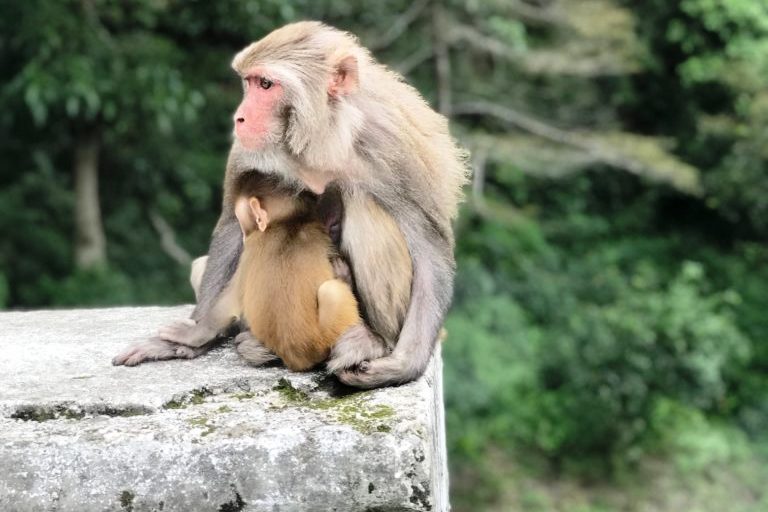There has always been a rise in the wildlife – human conflict since their natural habitats are being taken away by the mighty humans. Being the most evolved species amongst all, humans have managed to reduce it significantly or resolve it from time to time. The conflict with the monkeys coexisting around the human habitats has been unresolved after several attempts.
It has now turned into a menace rather than just a conflict. Wild monkey attacks have been on a rise in majority of the states across the country. These animals cause a huge amount of property and food loss each year. The monkey bites raises the question of sanitation and also increases the number of incidents diseases.
According to the National Institute of Disaster Management, Himachal Pradesh faces a loss of farm produce worth Rs 500 crore ever year due to wild animals, including monkeys. This number is higher than the state’s annual budgetary allocation for agriculture, which was 450 crores as of 2015-16.
Jammu and Kashmir loses 33 crores rupees worth of farm product to monkey attacks every year. About 50,000 farmers were reportedly affected by crop raids because of the monkeys in Saharsa district of Bihar in 2015. According to the agriculture department data of the Karnataka government, farmers lost crops worth Rs 5 crore in 2010 because of monkeys in the state.
These troublemakers are creating a havoc in the cities as well. According to the Primate Research Centre, Jodhpur, which is one of the three Union government-run institutes on primates, more than 1,000 cases of monkey bites are reported every day in Indian cities. In Varanasi, monkeys regularly chew on the optical fibre cables installed as per Prime Minister Narendra Modi’s plans of making the city wi-fi-enabled, causing a huge setback in execution of the promise. The Former deputy mayor of Delhi, S S Bajwa, fell from his terrace and died in 2007 after monkeys attacked him. Recently a child of 11 months was abducted by these wild creatures and killed in Delhi.
Several methods have been used to curb the losses by these wild animals. Delhi government has spent over 8 crore rupees in relocating and feeding about 19,000 monkeys. Telangana government has spent about 830 crore rupees in creation of green islands to provide natural habitat for about 2,00,000 monkeys. In Himachal Pradesh, the government took up to raise awareness about sterilisation and not feeding the monkeys. They even took to culling the monkeys in worst hit villages.
The measures have not been successful anywhere as yet. According to the experts, monkeys are very adaptive in nature. Loss of their natural habitat caused them to adapt in urban settings easily. Finding food was easier there than in the forests which has caused them to multiply in numbers at a very high speed.
It is easy to put blame on the monkeys. However, the matter of the fact is, in a way it is just Karma of humans coming back to punish for fiddling with nature.
Thank you for reading the story until the very end. We appreciate the time you have given us. In addition, your thoughts and inputs will genuinely make a difference to us. Please do drop in a line and help us do better.
Regards,
The CSR Journal Team

